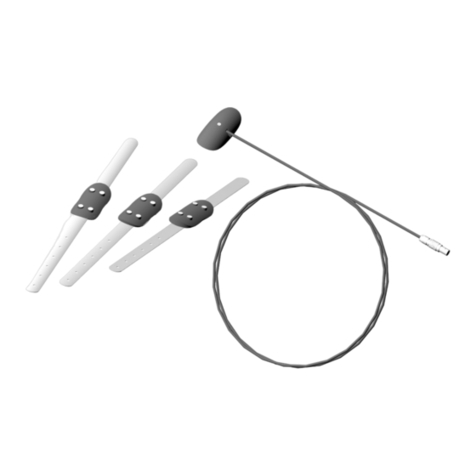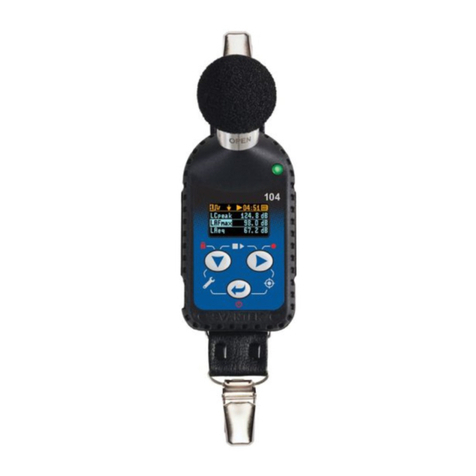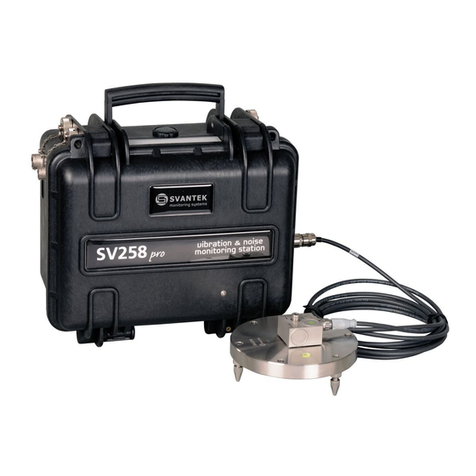Svantek SV 103 User manual
Other Svantek Measuring Instrument manuals
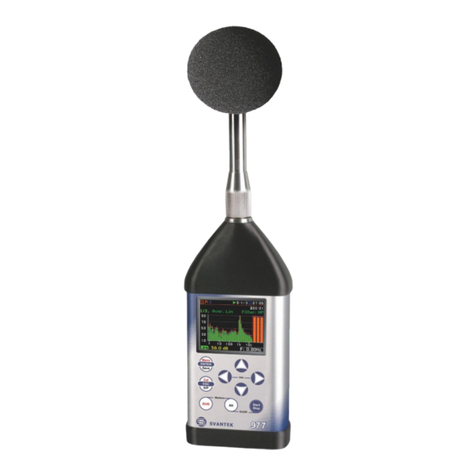
Svantek
Svantek SVAN 977A User manual
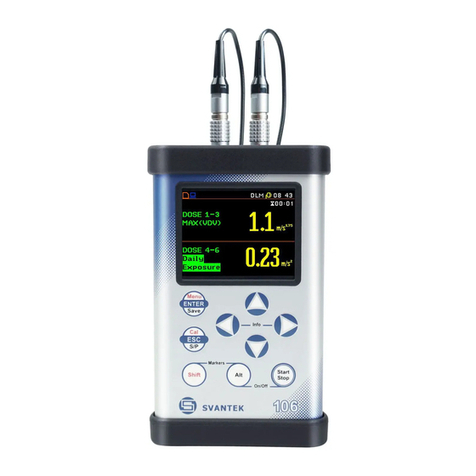
Svantek
Svantek SV 106A User manual
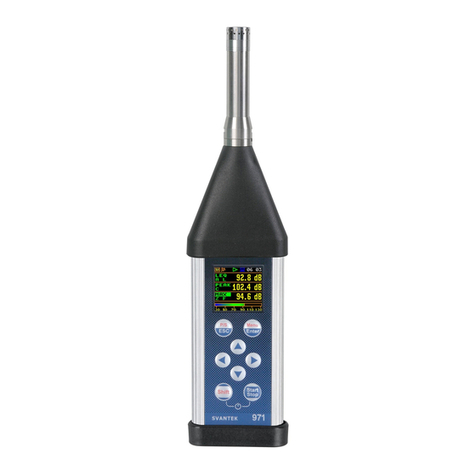
Svantek
Svantek SVAN 971 User manual
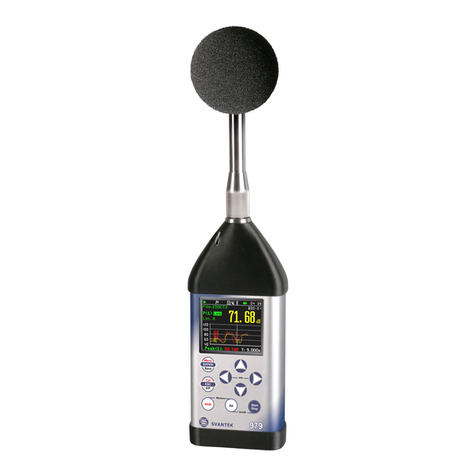
Svantek
Svantek SVAN 979 User manual
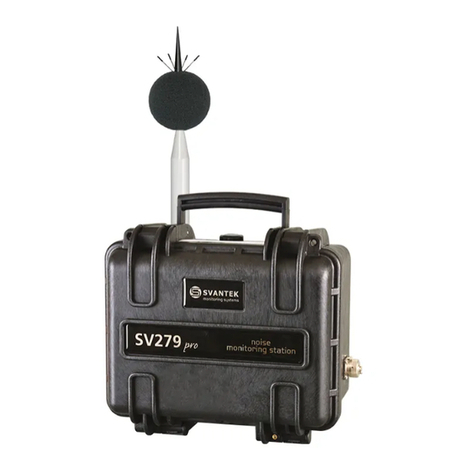
Svantek
Svantek SV 279 PRO User manual
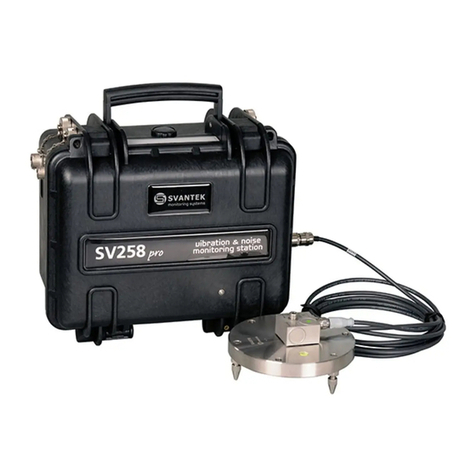
Svantek
Svantek SV 258PRO User manual
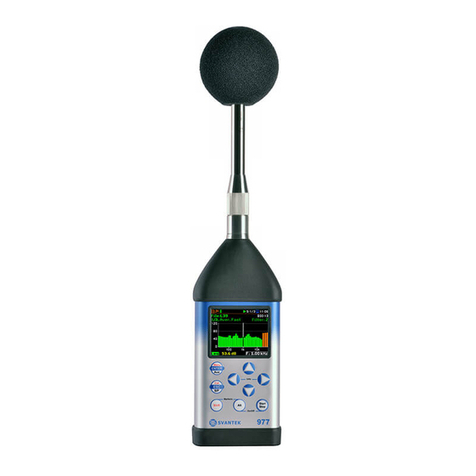
Svantek
Svantek SVAN 977W User manual
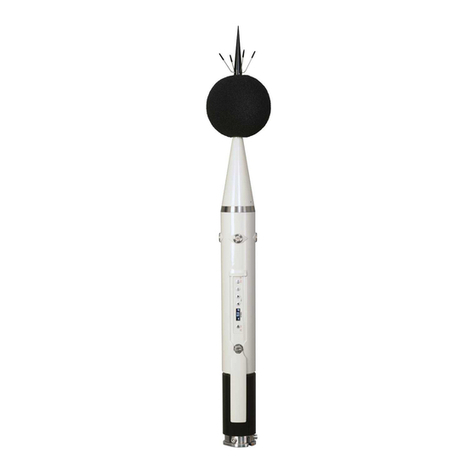
Svantek
Svantek SV 200A User manual
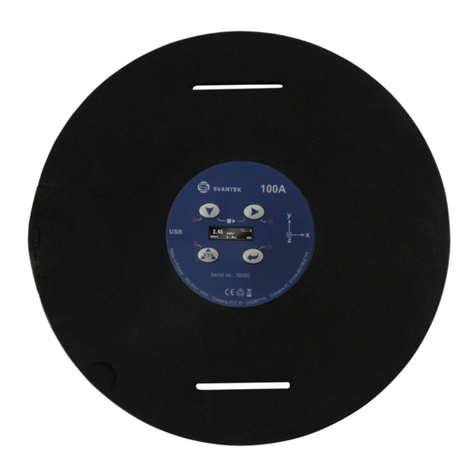
Svantek
Svantek SV100A User manual
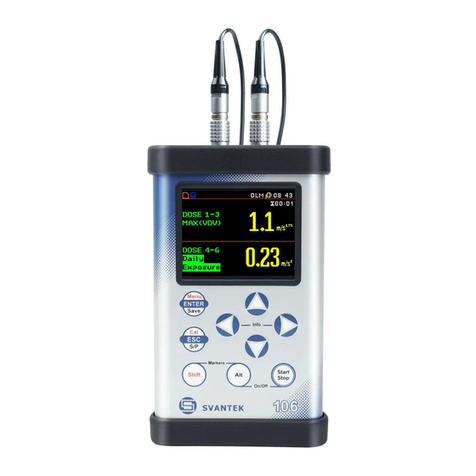
Svantek
Svantek SV 106 User manual
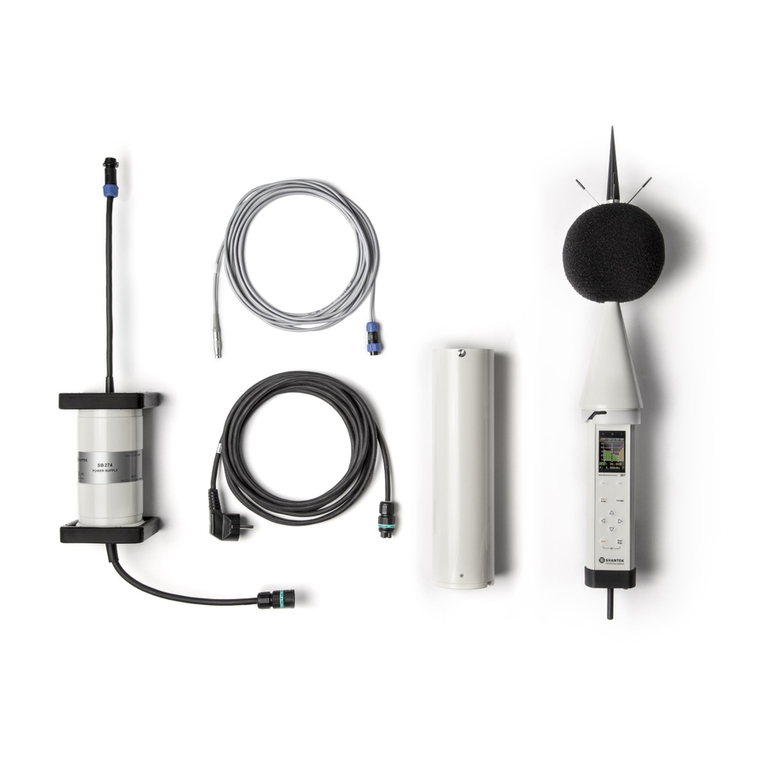
Svantek
Svantek SV 277 PRO User manual

Svantek
Svantek SVAN 979 User manual
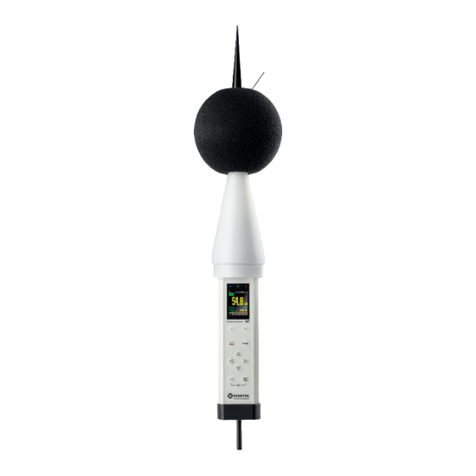
Svantek
Svantek SV 307 User manual
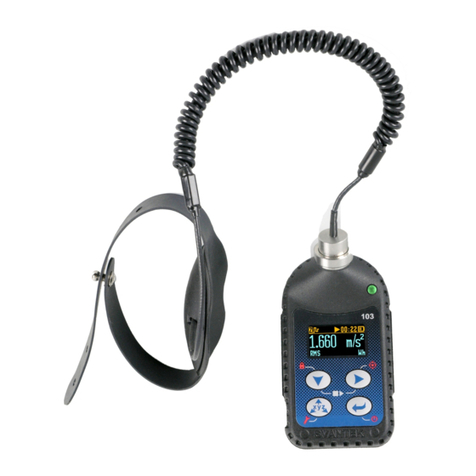
Svantek
Svantek SV 103 User manual

Svantek
Svantek SVAN 971 User manual

Svantek
Svantek SVAN 971 User manual
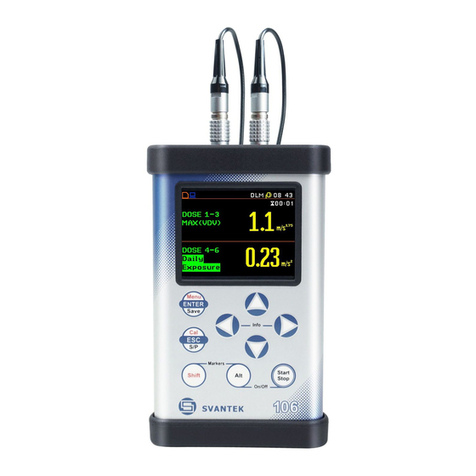
Svantek
Svantek SV 106 User manual
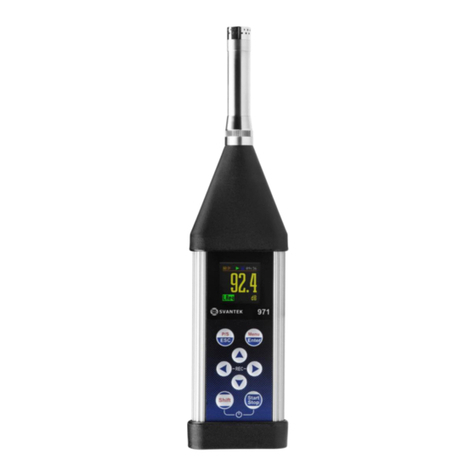
Svantek
Svantek SV 971A User manual
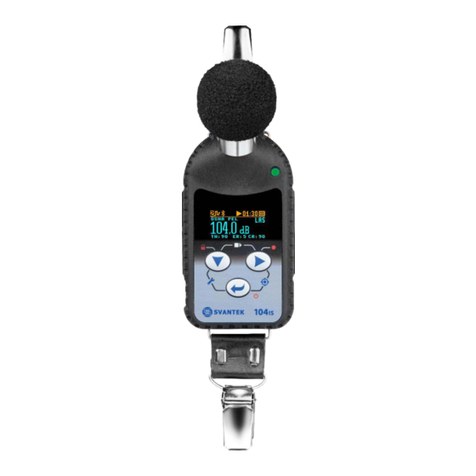
Svantek
Svantek SV 104BIS User manual
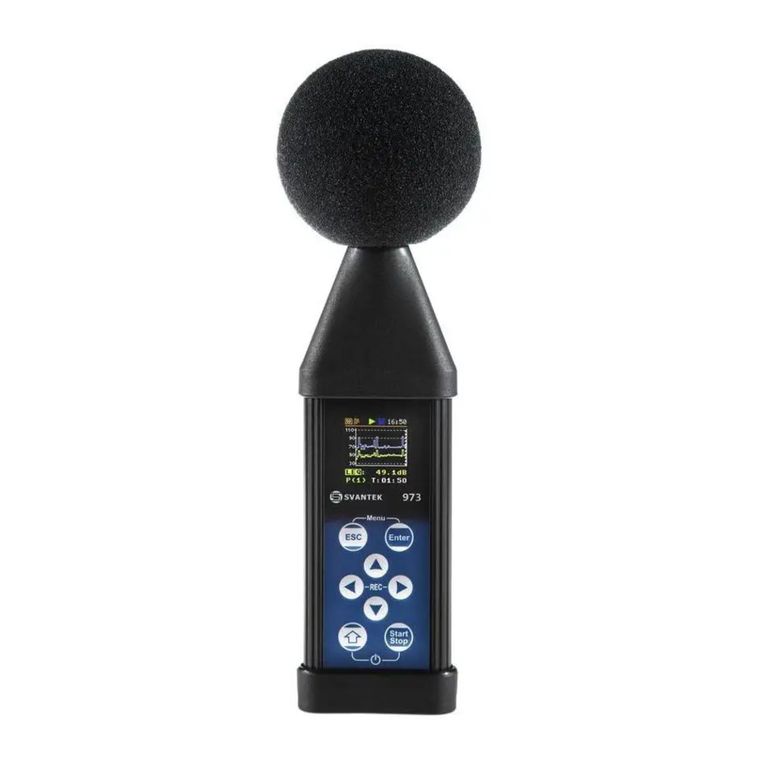
Svantek
Svantek SV 973 User manual
Popular Measuring Instrument manuals by other brands

Powerfix Profi
Powerfix Profi 278296 Operation and safety notes

Test Equipment Depot
Test Equipment Depot GVT-427B user manual

Fieldpiece
Fieldpiece ACH Operator's manual

FLYSURFER
FLYSURFER VIRON3 user manual

GMW
GMW TG uni 1 operating manual

Downeaster
Downeaster Wind & Weather Medallion Series instruction manual

Hanna Instruments
Hanna Instruments HI96725C instruction manual

Nokeval
Nokeval KMR260 quick guide

HOKUYO AUTOMATIC
HOKUYO AUTOMATIC UBG-05LN instruction manual

Fluke
Fluke 96000 Series Operator's manual

Test Products International
Test Products International SP565 user manual

General Sleep
General Sleep Zmachine Insight+ DT-200 Service manual
